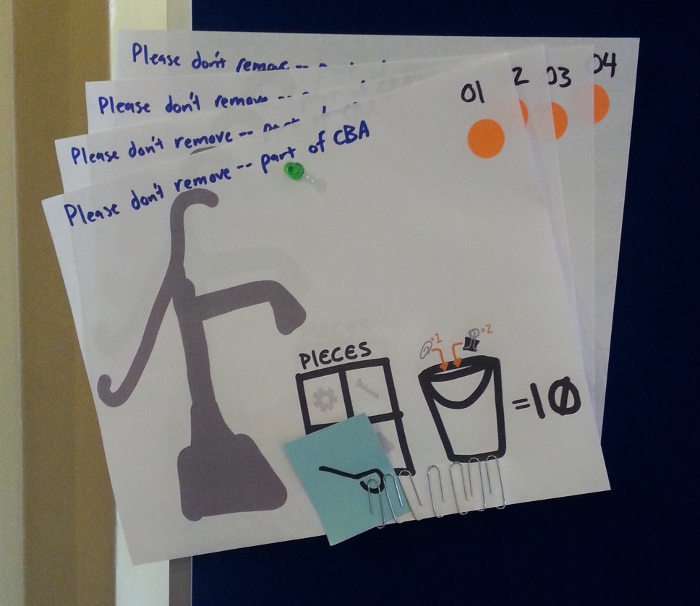Originally posted on the Aspiration blog
The Red Cross Red Crescent Climate Centre is an interesting organization, tasked with advising all the different Red Cross and Red Crescent groups, whether country- or topic-based, to understand and reduce the impacts of climate change and extreme weather events on vulnerable people. Some of this has to do with understanding long-term trends and shifts, some of it with training about how climate works, and some in specialized support and resources. I’ve gotten a chance to work with them in the past, both before my time with Aspiration, as well as with Aspiration. Together we recently published an animation explaining something called Forecast-Based Financing, which we’re excited to share with you!
Climate science, like most sciences, is often communicated poorly and is therefore less than fun to learn, let alone act upon. The Climate Centre crew doesn’t just focus on what they communicate, but also how it’s communicated. They’re also exceptional in bringing trainees into a space of active engagement around climate-based issues. They primarily do so through games (which are all also presented in easy-to-use formats, under creative commons, be still my Commons-based heart). Many of these have been developed through working with those affected by and/or responding to extreme events. Participants are asked to describe the systems in which they interact — the delays, costs, resources, and goals of their community or organization. These descriptors become an easy-to-communicate set of game rules. The randomness of success is externalized for discussion — two people making the exact same choice might end up in very different places simply because one person rolled a 6 (a flood), and another rolled a 4 (a healthy amount of rain). The associated feelings of self-righteousness about “right” and “wrong” choices can then be explored safely. Additionally, after playing through and understanding the game, participants are asked if they would make any changes to the rule set — which must then be expressed concisely and agreed upon by everyone. Iterations of the game are then played with those rule changes. Did it help out the entire system? If so, what would it take to actually enact that rule change?
One such game is called Paying for Predictions. From their website, “the humanitarian movement under-utilizes climate forecasts for a number of reasons, some of which include:
- These forecasts are not always disseminated to the appropriate decision makers in the movement.
- Red Cross Red Crescent employees often do not understand the forecasts.
- If the forecasts are understood, employees are often unclear on what types of action could be taken in preparation for a potential disaster.
- Employees fear “acting in vain”, ie: taking disaster preparedness measures when a disaster does not manifest itself.
- Funding is often not available until after the disaster has already occurred.
- Playing this game is one step towards helping publicize the potential value of these forecasts, and helps break down some of these barriers to their effective use.”
By playing this game across the engagement spectrum from frontline communities to official responders to funders of programs, a change of rules was suggested on every front, now called Forecast Based Financing. This rule change means instead of always reacting to extreme events after they happen, funding should be made available based on forecasts, which allow us to take more precise action in advance of a likely extreme event. This would diminish both suffering and costs, while also increasing organizational effectiveness. This proposed rule change in the game is now being implemented by funders, communities, and responders alike!
In order to further express this idea, I worked with the Climate Centre team to produce this animation:
Forecast-based financing: an animation from Climate Centre on Vimeo.
What do you think? How would focusing on lower-cost but slightly-less-assured choices change your organization’s work flow?

